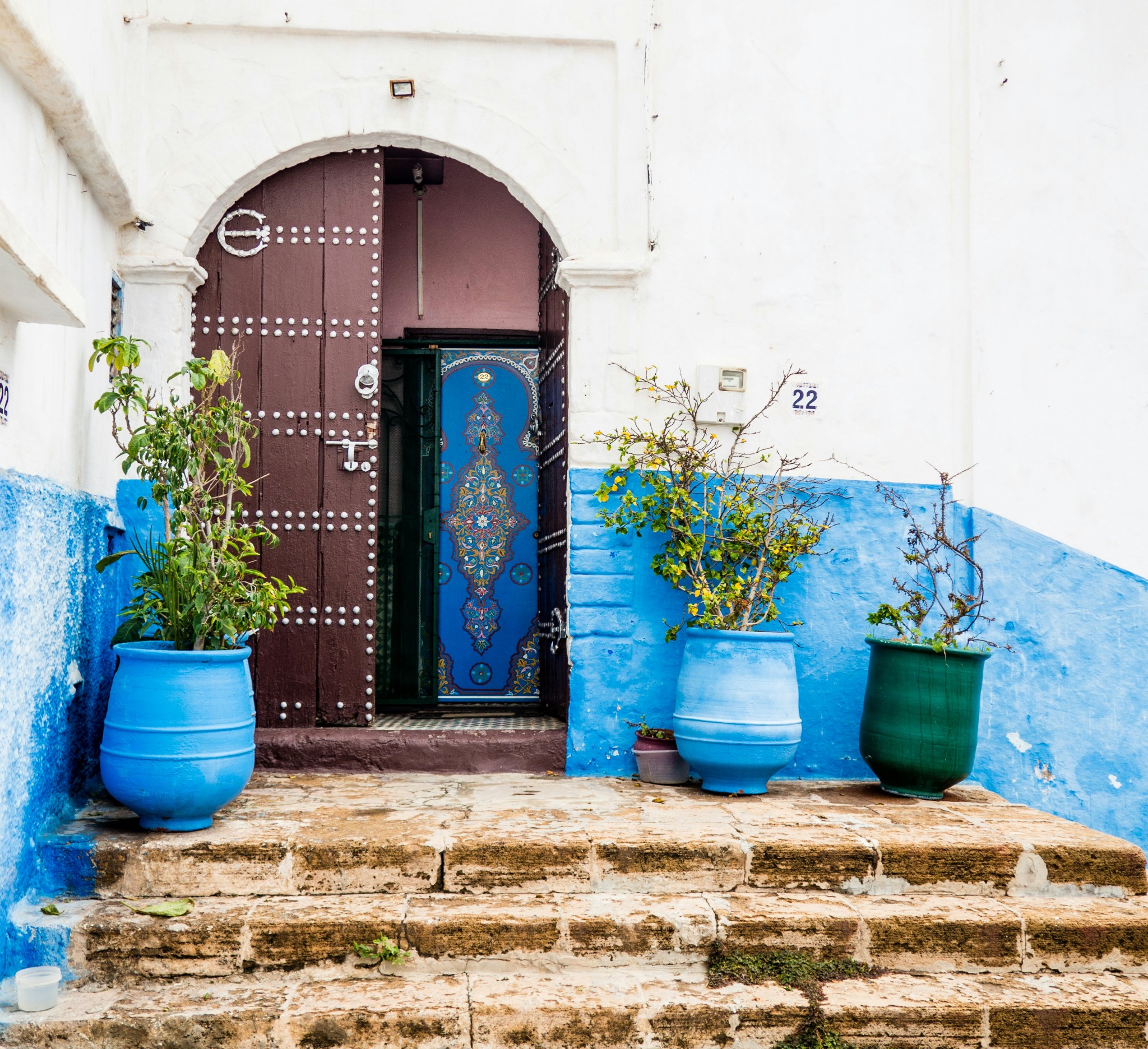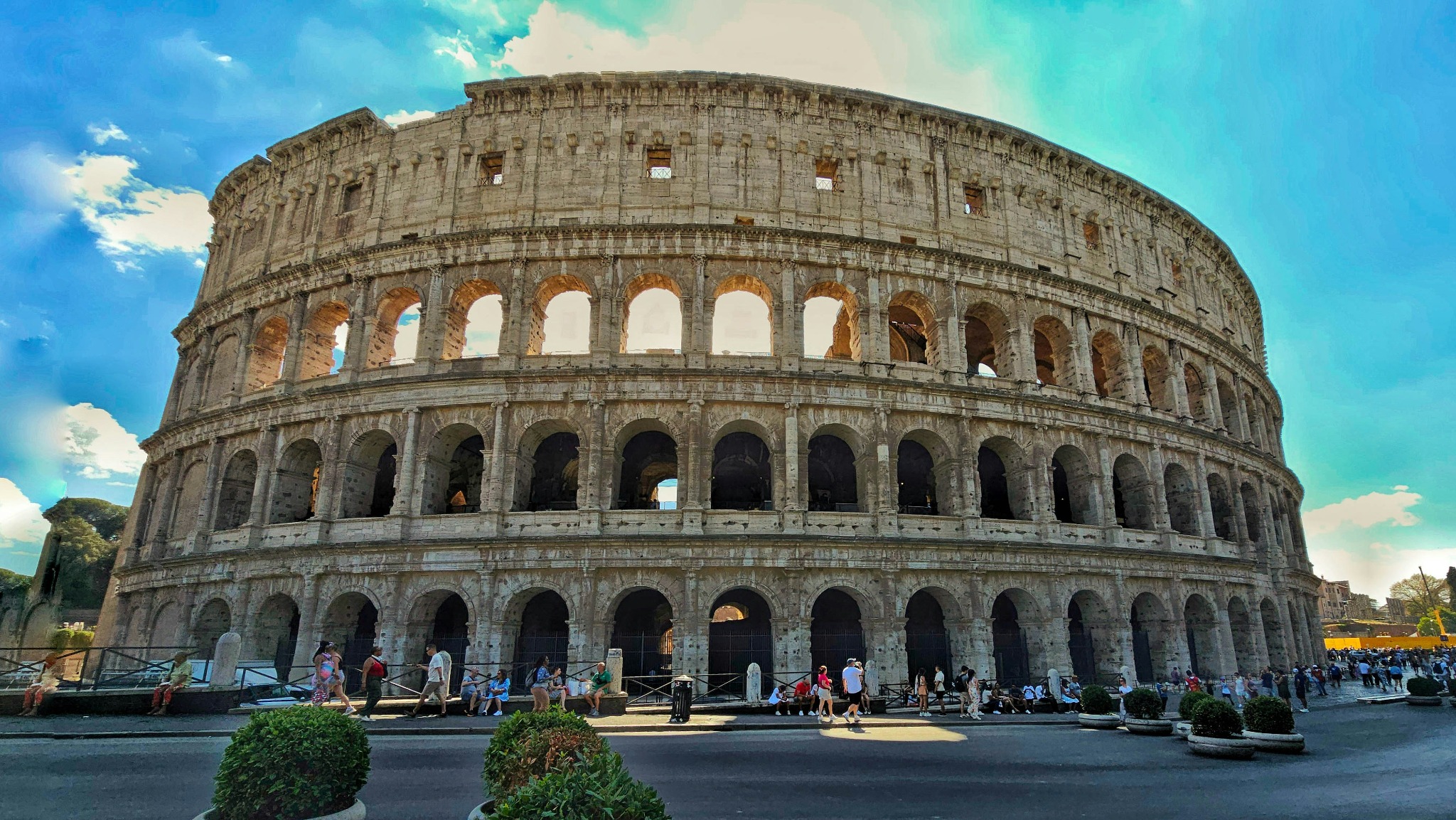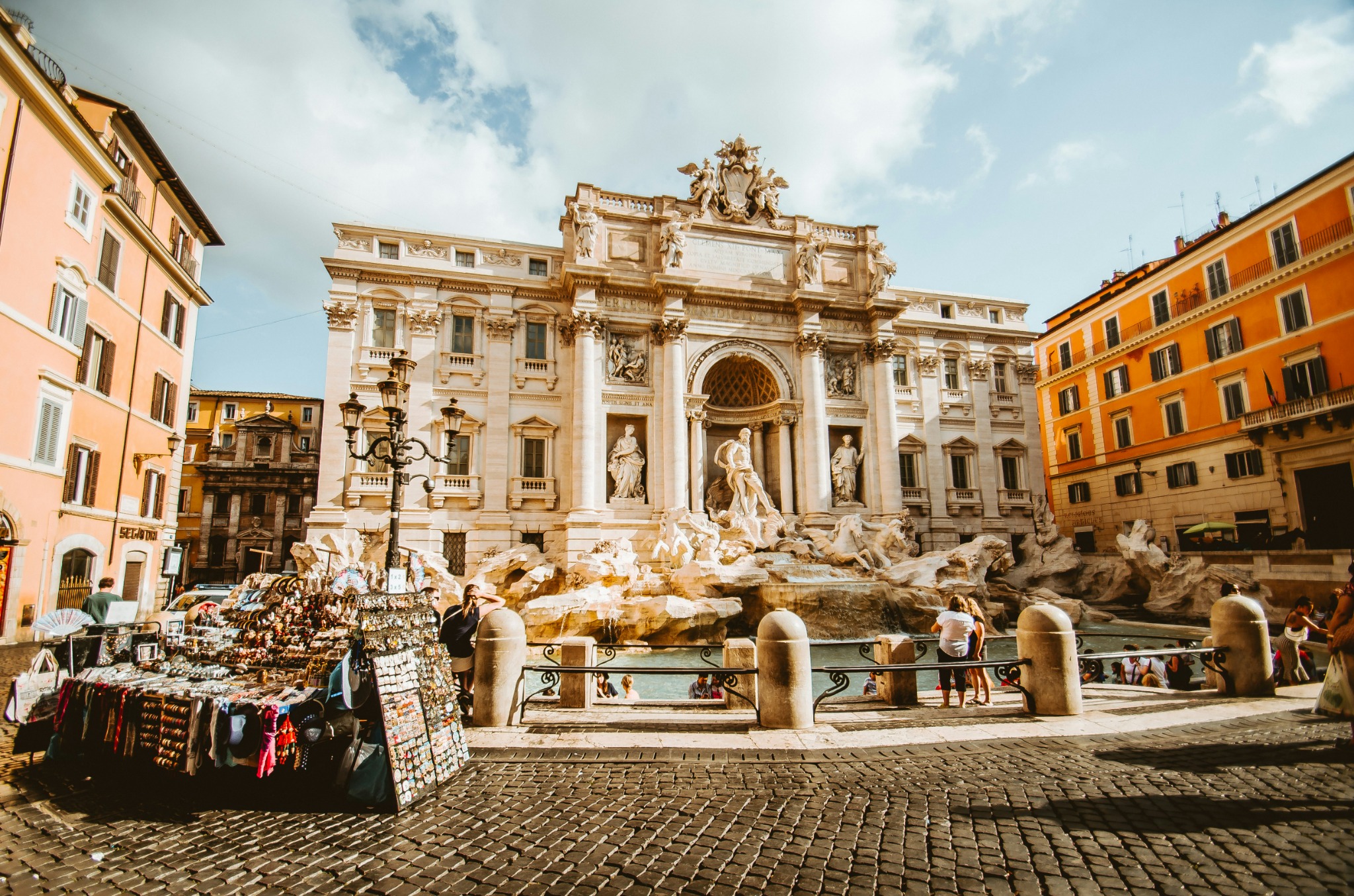Cultural Preservation for Economic Development
A powerful but underappreciated force - cultural preservation stands at the crossroads of tradition and advancement in the dynamic landscape of global development. The goal of this article is to explore the profound relationship between cultural preservation and economic growth. It explores how efforts to preserve indigenous cultures and traditions go far beyond simple heritage preservation. They play a crucial role in promoting sustainable tourism, encouraging economic growth, and eventually helping to eradicate poverty.
Maintaining cultural identity can be a powerful force for change, rather than just looking back nostalgically. By embracing and celebrating cultural diversity, we can create a more welcoming and prosperous global community. Let's explore the practical benefits of cultural preservation, which can inspire and bring prosperity to people around the world.
A Catalyst for Economic Growth
A powerful economic development engine is at the core of cultural preservation. Recognizing the significance of traditions and heritage in creating sustainable economies is equally important to preserving them for their intrinsic value. Cultural preservation is not only about freezing the past but also it is about nurturing a dynamic force for the future.
The Power of Cultural Diversity
Cultural diversity offers many opportunities in our connected world. Accepting different cultures and traditions can improve our lives and help alleviate poverty. The economy benefits greatly from cultural diversity, as it brings new perspectives, innovative solutions, and prosperous opportunities.
Real-World Examples
Numerous communities all over the world have used cultural preservation to support their economic growth.
In Bhutan, a country known for its dedication to maintaining its cultural identity, tourism centered on traditions and heritage has emerged as a major economic force. Visitors rush to Bhutan to experience the culture, which helps to alleviate poverty and create jobs.
The UNESCO World Heritage Site in Cambodia, Angkor Wat, is a shining example of how cultural preservation spurs economic growth. The ancient temple complex has attracted tourists, generating income and job opportunities for nearby communities. In addition to safeguarding the nation's cultural heritage, efforts to preserve and restore Angkor Wat have also boosted its economy.
To grow its tourism industry, Peru has taken advantage of its rich cultural heritage, particularly the wonders of archaeology like Machu Picchu and the Nazca Lines. In addition to drawing tourists from all over the world, the preservation of these sites has given many Peruvians a means of subsistence, enhancing the prospects for the economy of that country.
Serengeti National Park and Ngorongoro Conservation Area in Tanzania are excellent examples of places that have preserved their cultures and environments. These areas not only protect the country's natural and cultural heritage but also draw tourists, contributing significantly to the nation's economy through wildlife safaris and cultural experiences with indigenous Maasai communities.
To grow its economy, Mongolia has embraced its nomadic cultural heritage and traditions. Rural communities have gained employment opportunities and seen a decline in poverty thanks to tourism. It is centered on nomadic culture and includes activities like staying in traditional yurts and participating in herding activities.
Historical and architectural preservation in places like Baku's Old City, a UNESCO World Heritage Site, has helped Azerbaijan develop economically. Restoration and maintenance of these historic areas have protected the country's culture and attracted tourists. Cultural tourism has boosted Azerbaijan's economy, created jobs, and reduced poverty in various regions. Events like the annual Novruz Bayram festival, which celebrates Azerbaijani culture and traditions, attract tourists and boost the economy.
Cultural Tourism: A Path to Prosperity
It becomes clear that cultural tourism is a promising economic development strategy. Economic opportunities present themselves when communities take care of their cultural resources and make them available to the world. Beautiful scenery is important, but festivals and local crafts are also big draws for vacationers.
This kind of travel benefits both parties. Communities experience an increase in income and living standards, while tourists gain deeper insights into various cultures. Local economies are thriving, and poverty is declining.
The Correlation Between Cultural Preservation and Poverty
The correlation between cultural preservation and poverty reduction is crystal clear. Communities invest in their own economic future when they spend money preserving their cultural heritage. Cultural pride becomes a driver of local entrepreneurship, job creation, and income generation.
Initiatives that emphasize cultural preservation have frequently been a lifeline in areas where poverty is deeply rooted, such as parts of Africa and Asia. They give communities a means of escaping the cycle of poverty and securing better futures.



Post a comment